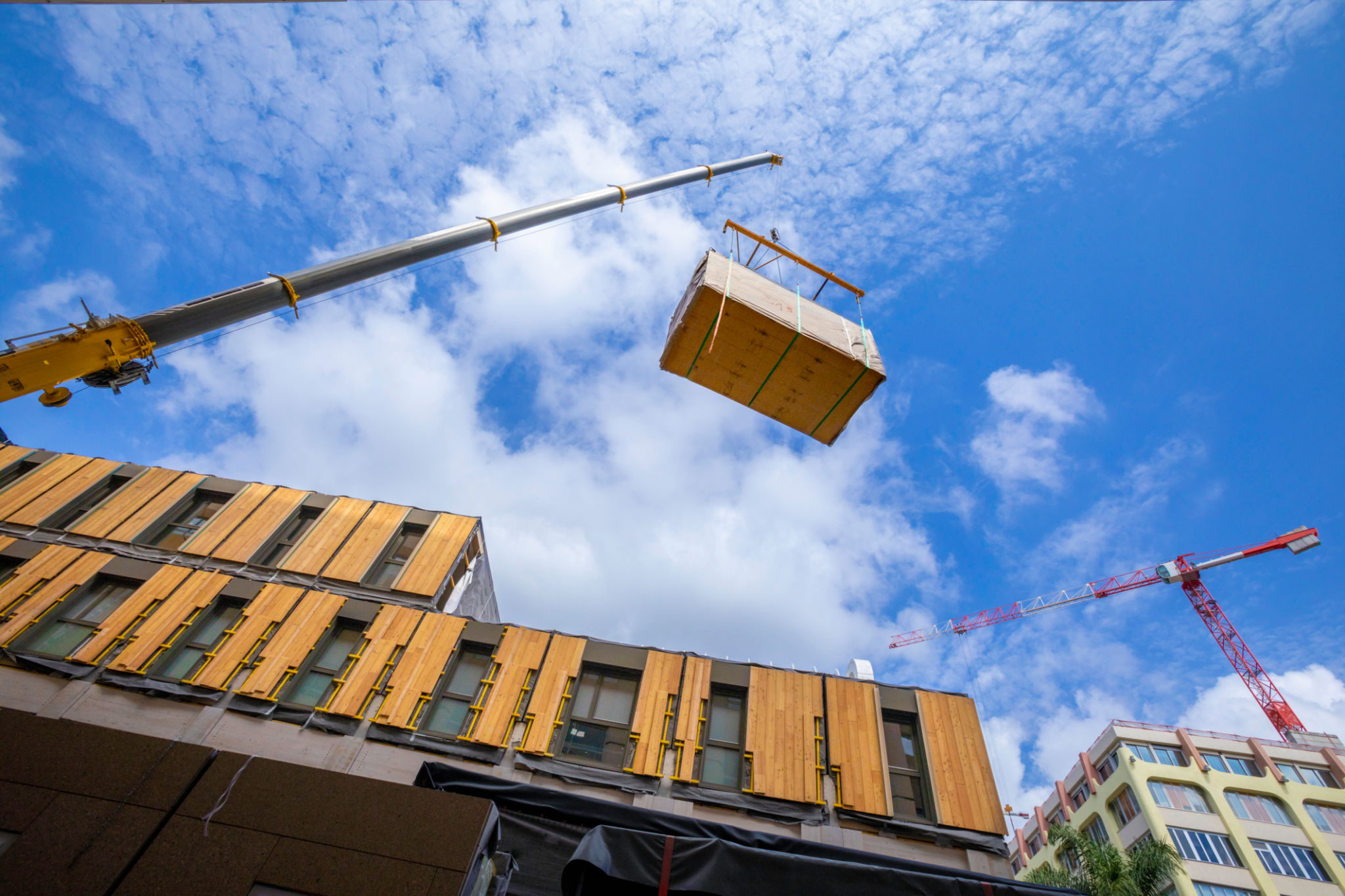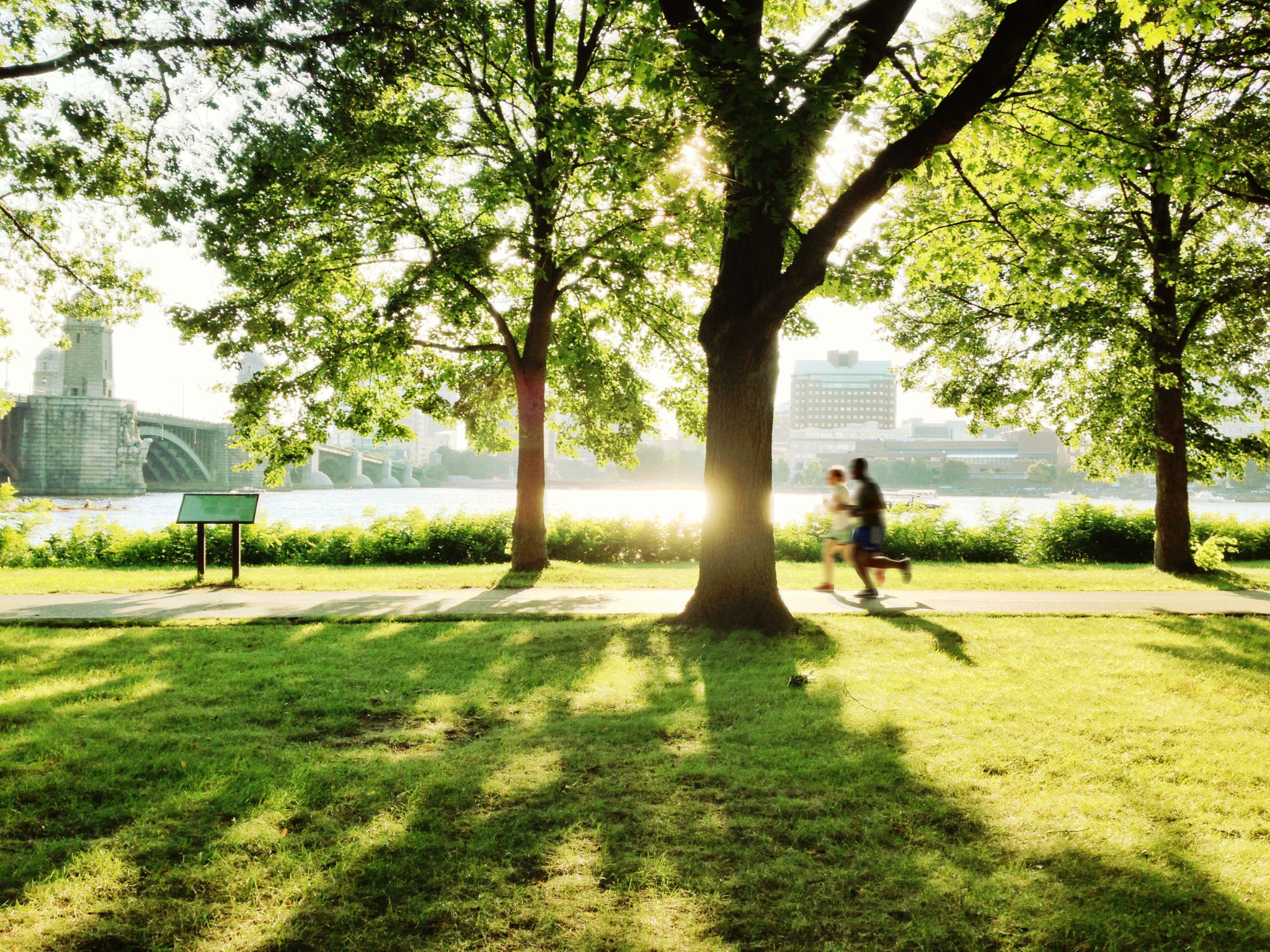Embracing Sustainable Architecture: Eco-Friendly Design Practices in Lisboa
Understanding Sustainable Architecture
In recent years, sustainable architecture has become a pivotal focus for urban development worldwide. Lisboa, with its rich history and vibrant culture, is embracing eco-friendly design practices to create a more sustainable urban landscape. This movement aims to reduce environmental impact while enhancing the quality of life for its residents.
Sustainable architecture involves designing buildings that are resource-efficient throughout their life cycle. This includes the careful selection of materials, energy-efficient construction methods, and implementing renewable energy sources. By focusing on these aspects, Lisboa is setting an example for other cities to follow.

Green Building Materials
The use of green building materials is one of the cornerstones of sustainable architecture in Lisboa. These materials are chosen for their low environmental impact and high energy efficiency. Recycled steel, bamboo, and reclaimed wood are some popular options that are being integrated into building designs across the city.
Moreover, there is a growing trend towards using locally sourced materials to minimize transportation emissions and support the local economy. By prioritizing these practices, architects and builders in Lisboa are contributing to a more sustainable future.
Energy Efficiency and Renewable Resources
Energy efficiency is a critical component of sustainable architecture. In Lisboa, buildings are increasingly designed to maximize natural light and ventilation, reducing the need for artificial lighting and air conditioning. This not only conserves energy but also enhances the comfort and well-being of occupants.

In addition to energy-efficient design, the incorporation of renewable energy sources is gaining momentum. Solar panels are becoming a common sight on rooftops throughout the city, harnessing Lisboa's abundant sunlight to generate clean energy. This shift towards renewable resources is a significant step in reducing the city's carbon footprint.
Urban Green Spaces
The integration of green spaces within urban environments is another practice being adopted in Lisboa. Green roofs, vertical gardens, and community parks are not only aesthetically pleasing but also serve essential ecological functions. They help combat urban heat islands, improve air quality, and provide habitats for local wildlife.
These urban green spaces also offer social benefits by creating areas for relaxation and recreation, fostering community ties, and enhancing mental well-being. As Lisboa continues to evolve, these green initiatives play a crucial role in promoting a sustainable urban lifestyle.

The Role of Technology in Sustainable Design
Technological advancements are playing a pivotal role in advancing sustainable architecture in Lisboa. Smart building technologies, such as automated lighting and climate control systems, optimize energy usage and improve overall building performance.
Furthermore, digital tools like Building Information Modeling (BIM) enable architects and engineers to design more efficiently and sustainably by simulating energy performance and identifying potential environmental impacts before construction begins.
The Future of Sustainable Architecture in Lisboa
As Lisboa continues to embrace sustainable architecture, the city is poised to become a leader in eco-friendly urban development. This commitment not only benefits the environment but also enhances the quality of life for its residents through healthier living spaces and reduced utility costs.
By prioritizing sustainable practices today, Lisboa is investing in a brighter, greener future. The city's dedication serves as an inspiration for other urban centers seeking to adopt similar eco-friendly design practices.
